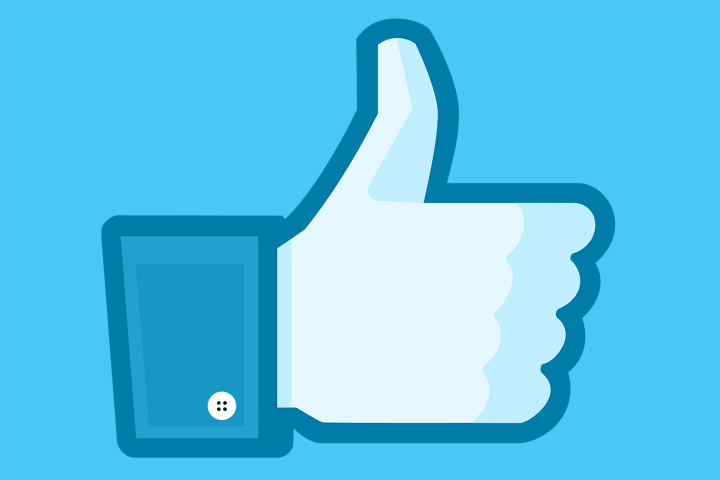
Nick Bilton knows the social Web, there is no doubt. You don’t run a tech and Web-focused section for the New York Times – much less write what’s shaping up to be the authoritative book on Twitter’s origins – without knowing your stuff.
But he’s got something wrong: Twitter does not need a Like button.
In an editorial this week, Bilton rightly argues that all social networks borrow features from each other, but veers off course when he questions why Twitter has held off on adding the Like button. And if to that you say, “duh, what about Favoriting?,” he says that the two are of different twain because Favoriting can be interpreted in various ways.
He is right about that: We Favorite for different reasons. We Favorite to passively show approval; we hate-Favorite in bouts of sarcasm; we favorite to save for later, like if a tweet contained an interesting link we want to follow up on.
According to Bilton, this makes Favoriting more diverse (if confusing) and multi-dimensional than a Like – which is “just” a Like. Except, of course, when it isn’t.
Likes and Favorites are both miniature, contained conversations in and of themselves.
We Like for many of the same reasons we Favorite. Hate-Liking is a real, hilariously-termed thing in which you hit the Like button of something (or someone) you actually hate. It’s like the Internet version of convincing that kid in high school you couldn’t stand but loved to mess with that he should totally get highlights.
Most often we Like simply to say “I have seen this, I approve of this, I have nothing else to say about this.” It’s signifies we approve or appreciate (or at least want to look like we do) but don’t want to get too involved. Common scenario: Your sister posts umpteen photos of you with her baby on your wall; you are a jerk if you don’t respond. Thus, you Like. It’s the great bail-out of the Facebook generation, saving us time and energy (and awkward conversations).
There’s Liking to flirt. In those early days of stalking/learning about a new crush, you don’t want to appear over-eager and go commenting on their every update. A simple Like acts like a digital wink.
And sometimes, it’s true, we really do just like something we … Like. A link to an article we emphatically agree with; an adorable otter video; a hilariously droll status update. Whatever it is, you get it, you agree – you Like.
While most of us probably don’t, you can use Likes as a bookmarking tool of sorts, as Twitter users do with Favorites. Your Timeline has a tab showing you what you’ve Liked, giving you a catalog of your activity.
When I log into Twitter and hit up my Interactions, I mentally sort my retweets, replies, @ messages, and Favorites – and I regard them the same way I do Likes: flippantly. For a brief moment, I try to interpret what the Favoriter meant by the action. Approval? Was it a hate-Favorite? Is he flirting with me? And then I completely move on because these features, Favorites and Likes, are just passive, non-obligatory interactions. They are one-sided, and they die fast. Sure, I might mentally note them (“Nice job on that tweet/status update, Molly – 26 Likes/seven Favorites is nothing to be ashamed about. Self five.”) but I move on from there rather quickly. I don’t respond or reply, I don’t Message or follow; the Like and the Favorite are both miniature, contained conversations in and of themselves.
If Twitter added the Like, then what would the purpose of the Favorite be? Would it become the equivalent of not liking someone, but like-liking them?
This world of digital approval is just as multi-faceted as the real one, despite whatever one-word, simplistic labels social networks use. Let’s not make things any more complicated than we already have.


